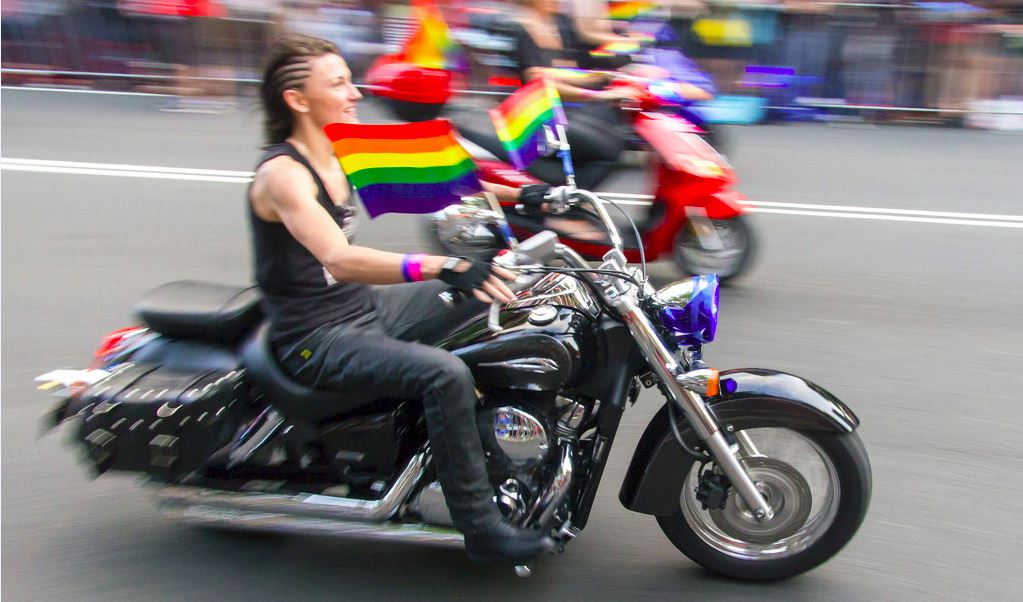By JONAH BARRETT for OLY ARTS
Pride is here again, a celebration that includes all the different LGBT groups that march in the parade. But what is a drag queen, what is a leather daddy and why do they march? What follows is a glossary of terms.
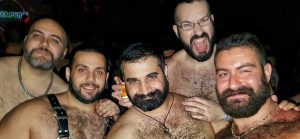 Bears: larger gay men who sometimes project an image of rugged masculinity. The term was popularized by Richard Bulger when he founded Bear Magazine in 1987. Bears celebrate secondary male sexual characteristics, according to gay activist Jack Fritscher, including “facial hair, body hair, proportional size and baldness.” Younger bears are referred to as cubs.
Bears: larger gay men who sometimes project an image of rugged masculinity. The term was popularized by Richard Bulger when he founded Bear Magazine in 1987. Bears celebrate secondary male sexual characteristics, according to gay activist Jack Fritscher, including “facial hair, body hair, proportional size and baldness.” Younger bears are referred to as cubs.
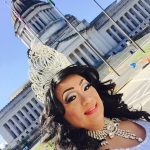
Drag Queen/King: a person who expresses through performance after dressing in wild costumes, big wigs and/or crazy makeup for comic, dramatic or satirical effect. Performances range across lip-syncing, singing, dancing and pageant participation. The most notable drag queen, a black trans activist named Marsha P. Johnson, had a prominent role in the Stonewall Riots of 1969. It’s because of Johnson and other POC queer activists like her that we celebrate Pride.

Dykes on Bikes: a chartered, lesbian, motorcycle club, fiercely independent and self-reliant in do-it-yourself and feminist traditions. Members of Dykes on Bikes always lead the Pride parade — initially for logistical reasons, later as a strong sign of defiance, empowerment, liberation and pride. Dykes on Bikes made its grand debut at the San Francisco Pride parade in 1976 and have never slowed down since.
Leather Daddy: a term re-popularized by Lana Del Rey’s 2012 album Born to Die.
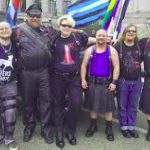
Leather daddies are generally older men who wear leather garments inspired by military and police uniforms. Leather culture began in the late 1940s and stemmed from a highly masculine motorcycle culture.
Otter: a somewhat lanky, hairy man, who may or may not have a bit of muscle. Think Armie Hammer in Call Me By Your Name. The trope of assigning gay folk different animals with which to identify originated with Advocate writer George Mazzei’s 1979 article “Who’s Who in the Zoo?” Sadly, some of Mazzei’s funnier stereotypes, such as cygnet swans, gazelles and marmosets, did not survive into the 21st century.
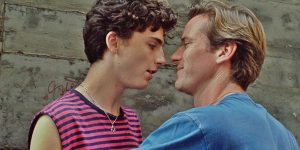
Twink: a stereotypically beautiful, slim, young, gay man who flaunts his beauty like a 21st-century Dorian Gray. Think Timothée Chalamet in Call Me By Your Name or Adam Rippon or Troye Sivan. A recent New York Times article claimed 2018 is “the age of twink” but, as history shows, a preference for gorgeous, slender (usually white) men has always been strong in the LGBT community.
EVERYONE – INCLUDING YOU!
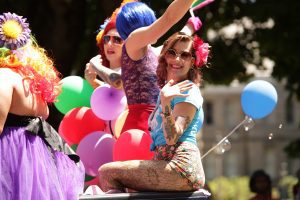
All that aside, most Pride attendees are just ordinary people, so many won’t fit into any of these categories. It’s important to attend Pride knowing this isn’t simply a party thrown for giggles, it’s a celebration of each other and our ability to overcome hatred and injustice. You’re encouraged to join the dance.
WHAT
Capital City Pride 2018
WHERE
Parade in downtown Olympia
Festival at Heritage Park, Fifth Ave. SW, Olympia
HOW MUCH
Free
WHEN
June 7-10
LEARN MORE
[template id=”5072″]
READ OLY ARTS PRIDE, 2018 >>

